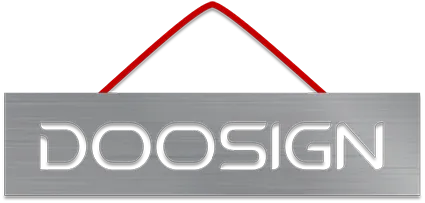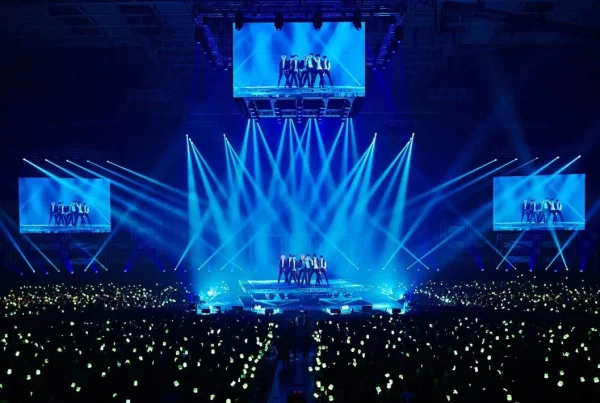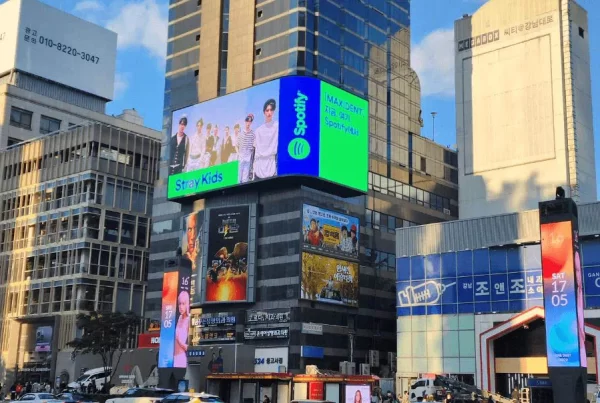In the ever-evolving landscape of digital displays, LED screens have become integral for businesses and public spaces. However, choosing the right installation method is crucial for optimizing visibility, maintenance, and overall performance. In this comprehensive guide, we explore various LED display screen installation methods, providing insights into each approach.
1. Embedded Installation (Inlay Type)
Description: Embedded installation involves seamlessly integrating the LED screen into a wall, ensuring a flush and aesthetically pleasing appearance. This method is ideal for both indoor and outdoor applications, commonly found in building entrances and large hallways.
Key Features:
- Front maintenance design for easy access.
- Suitable for small pixel pitch screens.
- Commonly used in lobbies and building entrances.
2. Freestanding Installation (Standing Type)
Description: Freestanding installations employ a unified cabinet design or a combination of separate cabinets. This method is often utilized for smaller display areas and is a popular choice for LED TV designs.
Key Features:
- Unified cabinet design.
- Suitable for indoor small pixel pitch screens.
- Ideal for smaller display areas.
3. Wall-mounted Installation
Description: Wall-mounted installations are versatile, suitable for both indoor and semi-outdoor settings. Maintenance considerations include either removing the entire screen or utilizing a foldable frame for ease of access.
Key Features:
- Suitable for indoor or semi-outdoor applications.
- Front maintenance design for larger screens.
- Commonly used in indoor settings.
4. Cantilever Installation
Description: Cantilever installations are designed for entrances, corridors, and areas where a suspended display is advantageous. The screen may use a unified cabinet or hanging structure for added flexibility.
Key Features:
- Suitable for indoor and semi-outdoor applications.
- Versatile for entrances and corridors.
- Unified cabinet or hanging structure design.
5. Hanging Installation
Description: Similar to cantilever installations, hanging installations are well-suited for entrances, corridors, and transportation hubs. This method is commonly employed for traffic guidance on highways, railways, and expressways.
Key Features:
- Versatile for indoor and semi-outdoor applications.
- Ideal for entrances and transportation hubs.
- Unified cabinet or hanging structure design.
6. Column Installation
Description: Column installations involve placing outdoor screens on platforms or columns. Depending on the screen size, a single-column or double-column approach may be employed.
Key Features:
- Suitable for outdoor use.
- Enclosed or open maintenance channels.
- Ideal for various screen sizes.
7. Roof Installation
Description: Roof installations are designed to withstand outdoor elements, often at an inclined angle. This method is primarily used for outdoor advertising displays.
Key Features:
- High wind resistance design.
- Inclined angle or slope for optimal visibility.
- Mainly used for outdoor advertising.
8. Rental Suspension Method
Description: Rental suspension methods are suitable for temporary installations. The screen is suspended with top and bottom beams, and horizontal connections between rows are facilitated through various mechanisms.
Key Features:
- Ideal for temporary setups.
- Limited to smaller screen sizes.
- Versatile hanging mechanisms.
LED display screen wholesaler/manufacturer
Doosign is a LED display screen brand owned by Shenzhen Doosign Technology. We built our reputation based on our high-quality devices including LED Posters, LED digital signage, etc. Ultra lightweight, intelligent control!
Contact Us Today!
In conclusion, selecting the right LED display screen installation method depends on factors such as location, purpose, and maintenance considerations. By understanding the features and applications of each method, businesses can make informed decisions to enhance their digital display setups. Whether it’s creating an immersive indoor experience or capturing attention in outdoor spaces, the versatility of LED display screens ensures a solution for every need.




